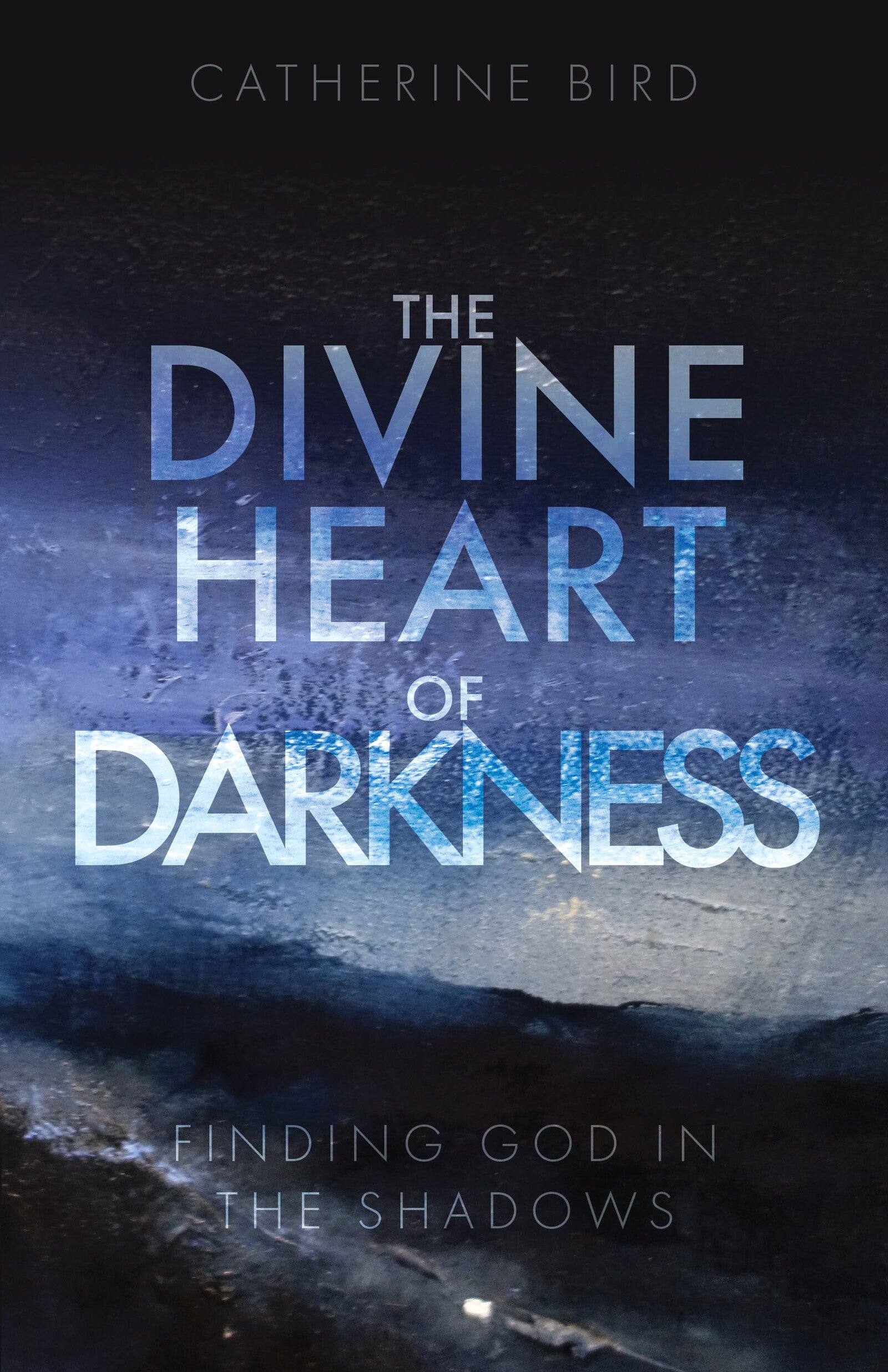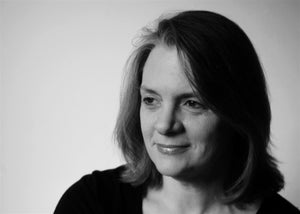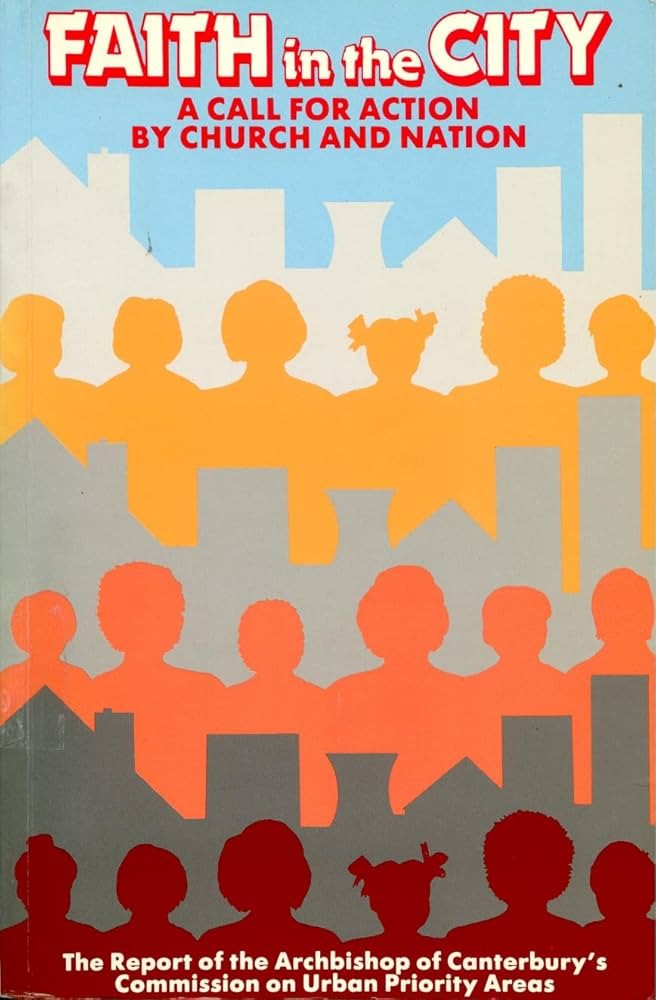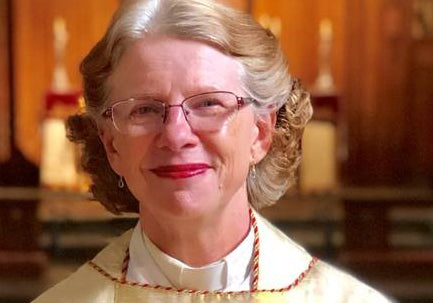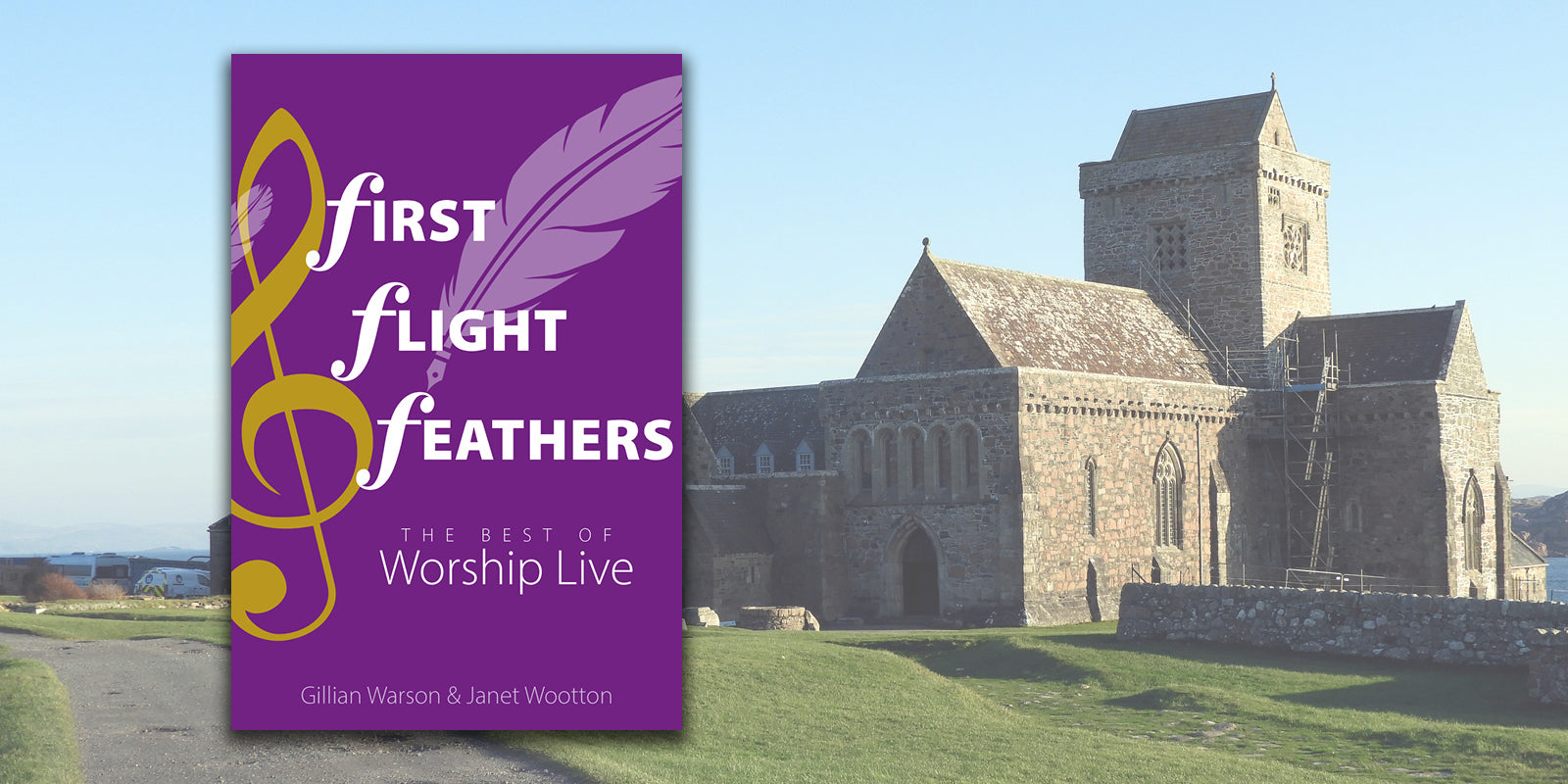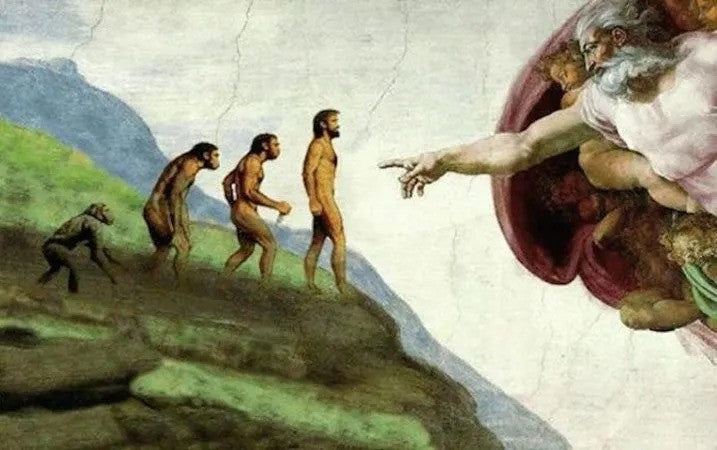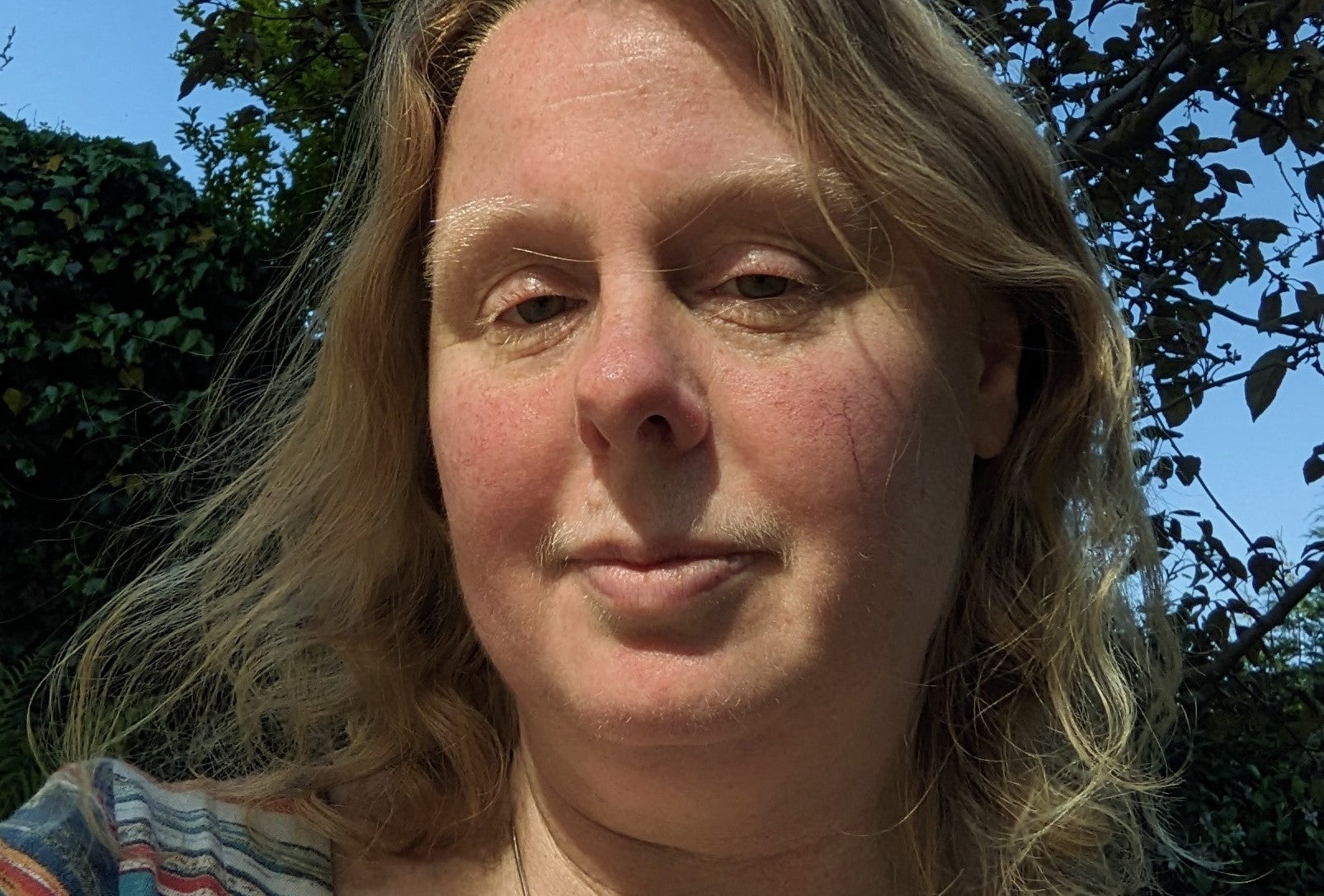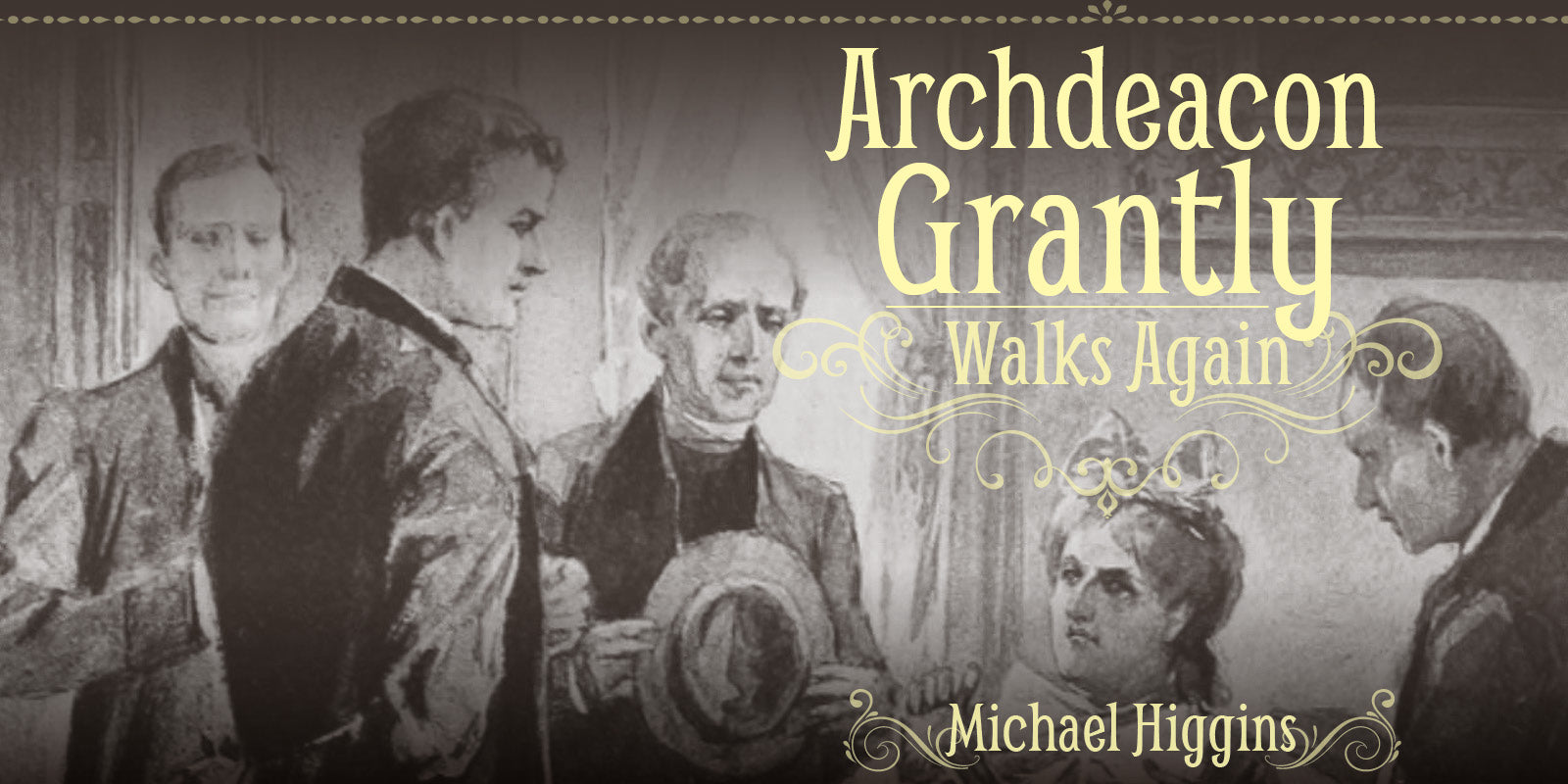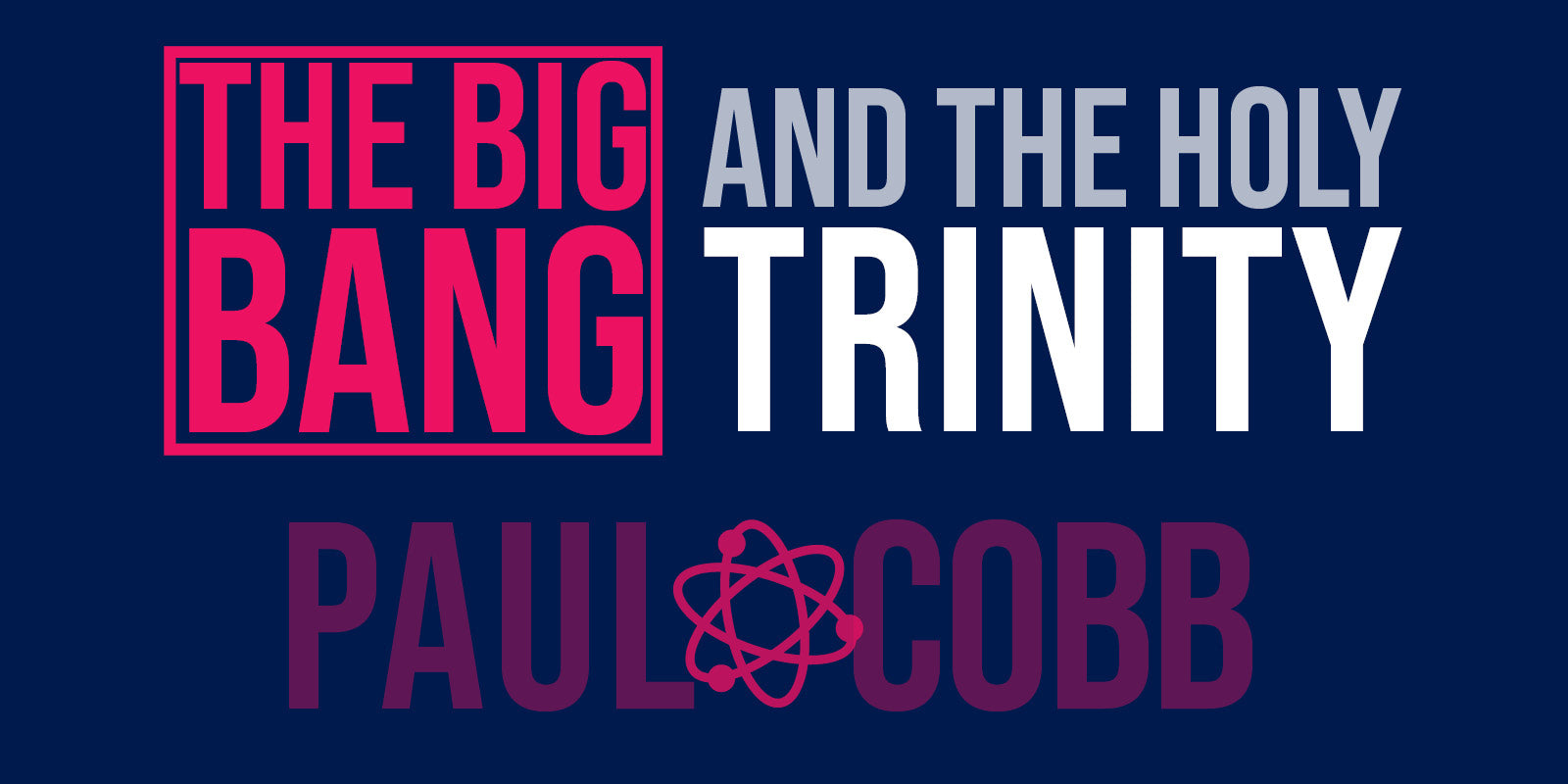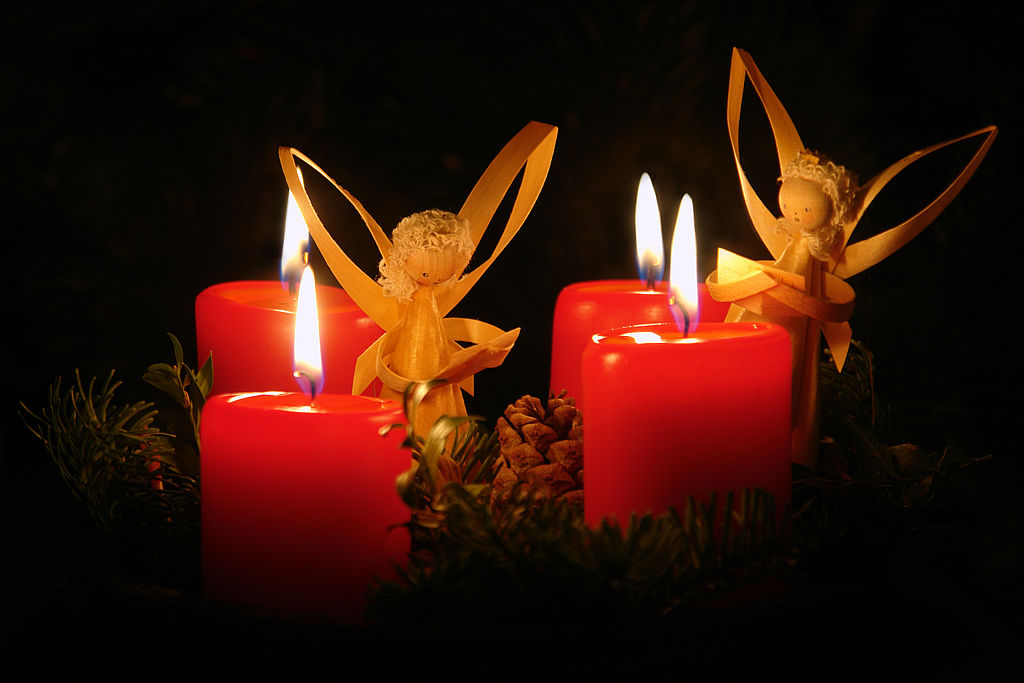 GUEST BLOG: The season of Advent is a particular gift in the northern hemisphere, even more so the further north you travel. The darkness of the season, the shorter days, the Winter Equinox (which comes in the heart of Advent)—all these things offer a very real and present reminder of the womb in which the Christ child is being nurtured, as #BookOfTheMonth author Catherine Bird explains.
GUEST BLOG: The season of Advent is a particular gift in the northern hemisphere, even more so the further north you travel. The darkness of the season, the shorter days, the Winter Equinox (which comes in the heart of Advent)—all these things offer a very real and present reminder of the womb in which the Christ child is being nurtured, as #BookOfTheMonth author Catherine Bird explains.
As we move through the season, filled with expectancy, so the child grows, cocooned within his mother’s body: longed for, cared for and nourished. Whilst Advent is traditionally the time when we await the coming of the light into the world, it is so very easy to be swept up in a sense of anticipation. So much so that we can easily miss the wonder and mystery of the Advent cycle itself. The traditional week-by-week lighting of the Advent Candles—as beautiful a ceremony as it is—emphasises the impending arrival of the light, but it can also have a tendency to pre-empt it, as we gaze upon the unlit Christ candle and think about all the excitement of the day which the lighting of that flame will herald. How easily do we rest with Advent as a time to dwell in the darkness, a time to lap up every delicious moment of it, secure in the assurance that the gift which the darkness bears has already been revealed to us.
The glory of a northern hemisphere Advent reminds us that God is as much in the darkness as in the light. Conversely, in the southern hemisphere, Advent might dare to claim that Christ comes as a shelter of shade into the searing light and heat of the season. The Advent of the Christ child unites north and south, east and west, as all comes together in perfect balance. Yet, there is a measure and purpose in the significance given to the act of waiting in Advent, which can perhaps be best understood through the lens of darkness. Whilst we may think of the birth of Christ as a sudden and bright light coming into the world, both Mary and Zechariah in their songs of praise express their sense that the birth of their sons is a long-awaited and expected manifestation of God’s ancient promise to God’s people. Mary sings:
My soul magnifies the Lord … for the Mighty One has done great things for me. … He has helped his servant Israel, in remembrance of his mercy, according to the promise he made to our ancestors, to Abraham and to his descendants forever. Luke 1: 46, 49, 54-55 (NRSVA)
And Zechariah, at the birth of his son John (the Baptist), says:
Blessed be the Lord God of Israel. … He has raised up a mighty saviour for us … as he spoke through the mouths of his holy prophets from of old. … Thus he has shown the mercy promised to our ancestors, and has remembered his holy covenant. … And you, child, will be called the prophet of the Most High.Luke 1: 68-70, 72, 76 (NRSVA)
All the traditional Advent figures—the prophets, John the Baptist, Mary—stretching back through the ages, are in some sense dwelling in the darkness of the womb time of pre-Christian history. This is not a darkness as if God were absent, leading up to the revelatory light of God, but rather a darkness of preparation and discovery. God has always been present, and the Incarnation is the revelation of the nature of God as one who offers balance—light and dark. Without the darkness of preparation there would be no light of, or in, the world. Just as Jesus and John are held for nine months within the safety of their mother’s wombs, so their very conception heralds the culmination of the hopes of God’s people across the ages. But it has been a slow and gradual coming, like the dawn or the twilight, and both John and Jesus slip into the world, expected, but barely noticed—Jesus at night under the cover of a dimly lit cowshed.
And we too now are asked to wait, as God’s people have always waited, even if we do not necessarily know what it is we are being asked to wait for. But wait we must, barely noticed, cradled in the physical darkness of our own Advent winter womb, and for us too this can be a time of growth, discovery and flourishing.
As well as the usual Advent suspects there is another whose waiting in the darkness affords him the status of an Advent icon, and whose story can touch our own. Nicodemus, who waits until night to visit Jesus, discovers that in that space he can be “born again”: transformed and renewed in his faith and humanity. Nicodemus is given the opportunity to start over as he grasps an opportunity to enter into theological debate without fear. Just as the weeks before Christmas lead us to the physical and metaphorical birth of Christ, so too can God’s people be led to a rebirth, and the season of Advent challenges us to openly ask ourselves those dangerous questions—the ones to which we already know the answers but from which we are trying to hide. How can we use the darkness of the womb of Advent to help us prepare for what it truly means to have God with us?
Catherine Bird is the author of our December #BookOfTheMonth, The Divine Heart of Darkness, an exploration of how we can use the experience of darkness to lift our spirits, challenge our hearts and minds and draw us closer into the heart of God. Get your copy here.
Image credit: Jürgen Howaldt [CC BY-SA 3.0 de], via Wikimedia Commons

